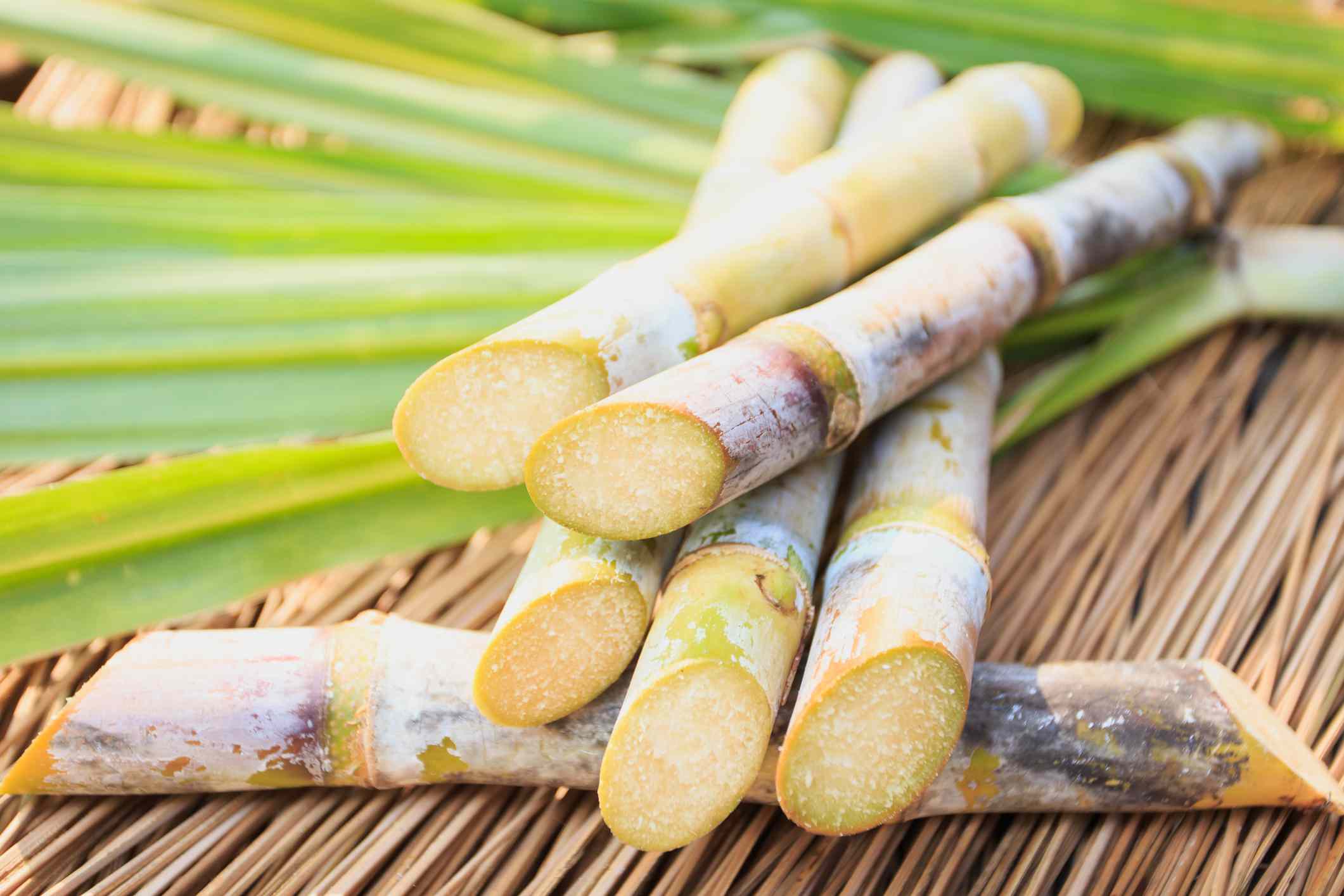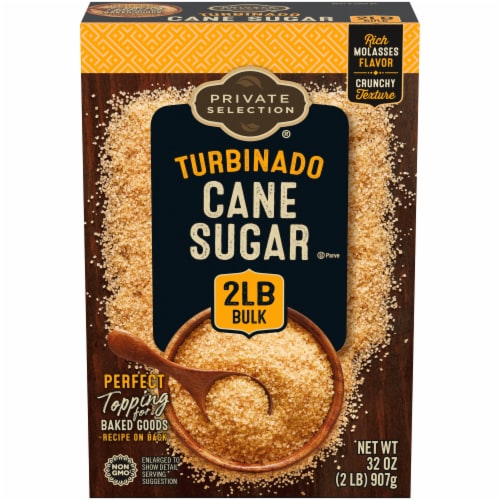The Journey of Cane Sugar Processing: From Harvest to Crystals
The Journey of Cane Sugar Processing: From Harvest to Crystals
Blog Article
An In-Depth Overview to the Environmental Influence and Sustainability Practices in Cane Sugar Handling
The environmental influence of cane sugar handling presents an intricate range of obstacles that warrant cautious assessment. From soil deterioration and excessive water use to the carbon footprint connected with farming and production, the effects of conventional techniques are far-reaching. In comparison, the adoption of cutting-edge sustainability steps supplies a pathway towards more accountable manufacturing approaches. Recognizing the interplay between these problems is essential for stakeholders in the market. What details techniques can be executed to strike a balance between efficiency and ecological stewardship? The solutions lie in a closer take a look at both the obstacles and potential services.
Overview of Cane Sugar Processing
Walking cane sugar processing includes a series of organized actions that change sugarcane into refined sugar. Initially, collected sugarcane is transferred to processing centers, where it undergoes cleansing to eliminate soil and debris. Following this, the walking cane is squashed to draw out juice, which is then made clear by getting rid of pollutants through home heating and the addition of lime.
The made clear juice undergoes dissipation, where water is eliminated to focus the sugar material. These crystals are divided from the remaining syrup making use of centrifugation, resulting in raw sugar.
The end product is after that dried and packaged for distribution. Throughout this whole process, preserving efficiency and quality assurance is necessary to ensure the sugar satisfies sector criteria. Each step in walking stick sugar handling not only contributes to the end product but likewise has ramifications for source use and waste generation, setting the stage for conversations on sustainability and ecological impacts related to sugar production.
Ecological Obstacles of Production
The production of cane sugar provides a number of substantial ecological challenges that warrant attention. One primary worry is the extensive use agrochemicals, including fertilizers and pesticides, which can result in soil deterioration, biodiversity loss, and contamination of neighborhood water resources. The runoff from sugarcane fields commonly brings these chemicals right into close-by ecological communities, interrupting water life and impacting the health and wellness of neighborhoods reliant on these water bodies.
One more difficulty is the high energy consumption associated with sugarcane handling. The boiling and refining phases call for considerable warm, mainly created by shedding fossil fuels, adding to greenhouse gas discharges. Additionally, the extensive land area needed for sugarcane cultivation can result in logging and environment damage, further intensifying climate adjustment and harmful wild animals.
Additionally, the labor methods in some regions elevate honest issues, as employees might face inadequate working problems and inadequate earnings. This situation frequently perpetuates a cycle of hardship in neighborhood neighborhoods. Cane Sugar Processing. Dealing with these ecological difficulties is essential for creating much more lasting methods in walking stick sugar production, ultimately profiting both the environment and the communities involved in this sector
Water and Land Usage Influence
Water resources and land application are essential components in the walking cane sugar industry that dramatically impact the atmosphere. The cultivation of sugarcane calls for substantial water input, with quotes recommending that it can consume as much as 2,000 litres of water per kilo of sugar produced. This extensive use water frequently brings about depletion of regional water sources, affecting not only the sugarcane vineyards yet also bordering communities and neighborhoods that count on the same water sources for agriculture and domestic use.

Furthermore, land use for sugarcane cultivation can cause logging and the conversion of all-natural environments right into monoculture ranches. This technique diminishes biodiversity, interferes with neighborhood ecosystems, and contributes to soil degradation. The growth of sugarcane fields commonly elbows in on important agricultural land, creating competition for resources in between food and biofuel manufacturing.
Lasting techniques, such as enhancing watering methods and applying plant turning, are necessary to minimize these influences. By embracing more reliable water use and land monitoring methods, the walking stick sugar market can decrease its ecological impact, making certain an equilibrium between agricultural performance and ecological preservation.
Greenhouse Gas Emissions
Greenhouse gas emissions stand for a why not try these out considerable environmental issue within the cane sugar handling market, specifically as farming practices increase to satisfy international demand. The farming of sugarcane, a crop that flourishes in exotic environments, counts greatly on artificial plant foods and chemicals, which add to laughing gas discharges. Additionally, land-use adjustments, consisting of deforestation for brand-new sugarcane vineyards, release co2 stored in plants and soil.
During handling, power intake is another major source of greenhouse gas discharges - Cane Sugar Processing. Lots of sugar mills make use of fossil gas to power equipment and generate heat, resulting in significant carbon footprints. Moreover, the transport of raw sugarcane and ended up items includes layers of discharges with gas burning in automobiles
This entails examining current farming methods, processing approaches, and transportation systems to recognize areas for renovation and mitigation. Addressing greenhouse gas exhausts is vital for fostering a much more sustainable walking stick sugar industry in a transforming anchor climate.

Lasting Practices and Innovations
Sustainable practices and innovations are progressively vital in the walking stick sugar processing market as stakeholders look for to decrease ecological impacts while preserving performance. One significant innovation is the execution of incorporated plant administration, which maximizes source use by integrating dirt management, bug control, and plant rotation techniques. This technique boosts yield while lessening chemical inputs and maintaining soil health and wellness.
In addition, the fostering of renewable resource sources, such as biomass from sugarcane residues, has gotten grip - Cane Sugar Processing. By transforming waste items into energy, processing facilities can minimize their dependence on fossil fuels, thus reducing greenhouse gas exhausts
Water monitoring techniques have also seen renovations via the recycling and reusing of water in processing plants, substantially reducing freshwater intake. Innovations in innovation, such as precision farming, make it possible for farmers to monitor crop wellness and resource use more properly, making certain sustainable cultivation practices.
Furthermore, certification programs like Fair Trade and Rainforest Alliance motivate environmentally responsible farming techniques and advertise social equity within the supply chain. By accepting these sustainable practices and developments, the cane sugar handling industry can boost its strength and contribute positively to ecological stewardship.
Final Thought
The environmental impact of walking cane sugar handling presents substantial obstacles, including dirt deterioration, high water consumption, and greenhouse gas exhausts, along with ethical concerns associated with labor methods. Addressing these concerns with sustainable methods, such try this website as integrated plant management, renewable resource fostering, and water recycling, is crucial. By promoting socially fair and ecologically accountable techniques in sugar production, the sector can minimize its unfavorable effects, guaranteeing a more lasting future for both communities and neighborhoods involved in this market.
Cane sugar processing entails a series of methodical actions that change sugarcane into refined sugar. Each action in walking cane sugar processing not only adds to the last product however additionally has implications for resource use and waste generation, establishing the phase for discussions on sustainability and environmental effects linked with sugar manufacturing.
Greenhouse gas emissions represent a considerable ecological problem within the cane sugar processing market, specifically as farming practices expand to meet worldwide demand.Sustainable methods and innovations are progressively essential in the walking cane sugar handling industry as stakeholders seek to minimize ecological effects while preserving efficiency.The ecological effect of walking stick sugar processing provides significant difficulties, consisting of soil deterioration, high water usage, and greenhouse gas discharges, together with ethical issues related to labor practices.
Report this page